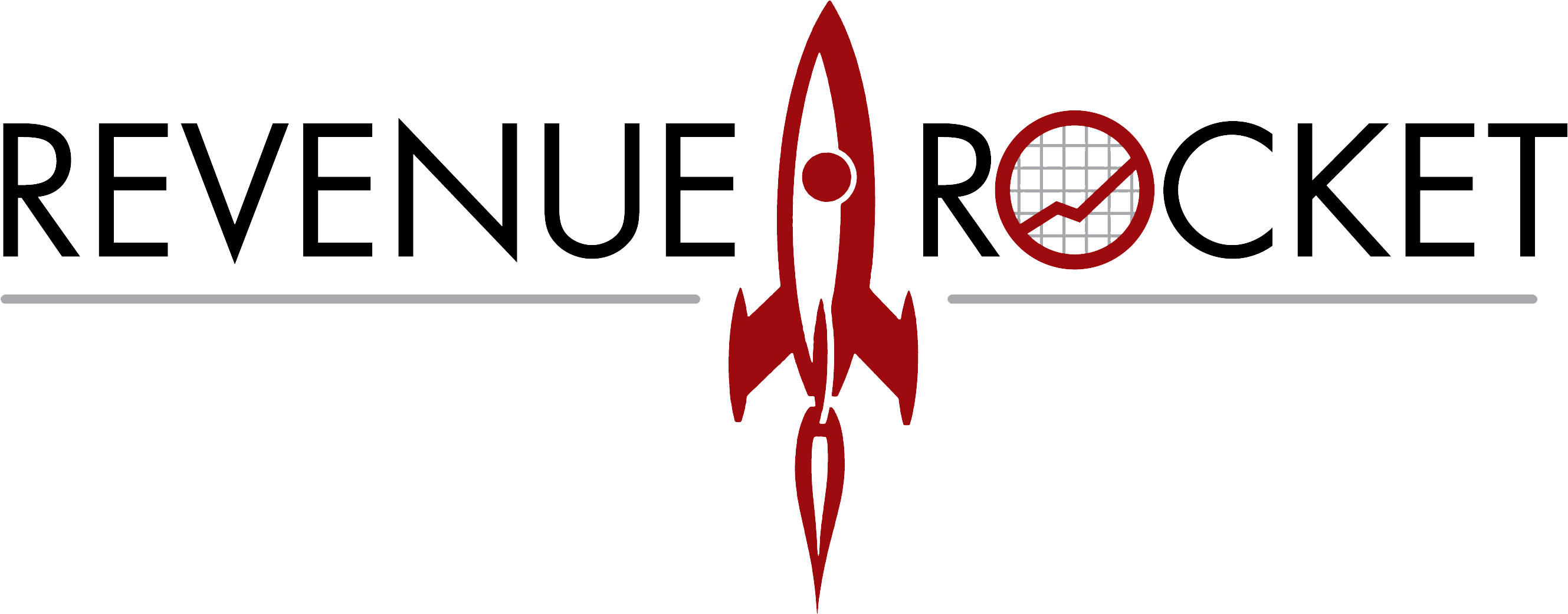09 Dec Levers & Currency: M&A Deal Structures

Today’s deal structures are continuing to evolve in an effort to attract sellers and maximize valuations when justifying accretive business combinations. The use of equity, employment agreements and bonuses are on the rise as buyers secure deals through sweetening the pot. That said the “cash is king” still holds water as sellers are not always sold on the combined business outlook or even just stability of the global economy and taking your returns at close appeals to many, especially when the sellers are not looking to stick around post close. In this episode we will talk about the levers we are seeing in deals these days and how buyers and sellers are reaching alignment.
Seller note:
An owner of the business act like a bank where the owner lends the buyer money that thy are going to pay over time. This would also include interest that is paid over time with a higher interest rate than a typical bank. This is a way for you to receive the money from selling the business over time by providing financing to the buyer. A seller note is typically not contingent on the performance of the business.
Equity:
Using stock as a means of currency in a deal is not new but what is starting to pop up a little more than usual is the use of equity in the form of ESOP (employee stock option plan) and warrants as a means to retain leadership, management and even contributors. In today’s job market the value of talent is even more important as employee retention is under pressure across all industries.
We are also seeing the traditional use of equity for things like earnouts as buyers look to preserve cash for growth / operations by increasing the value at a later date with some committed or liquidible buyouts in the future. These scenarios are seen less these days as the consolidation is in full swing and deals are almost always competitive.
Employment agreements:
When the sellers are tied to a deal post close we often see lofty employment agreements make their way into transactions. The agreements often off-set some of the seller buybacks and business expense carve outs that the original owners had in place as part of a lifestyle embedded into the corporations operating expenses (condos, boats…) People being sold on selling need assurances that life post close on a personal level will improve. These employment agreements will often include large cash bonuses and at times have limited deliverables. All in all it is a form of seller financing. While we are not opposed to these types of levers being used we do ensure that the parties account for them in a combined proforma and that the deal is still a win / win and affordable for both parties post close.
Cash:
Cash is still the most attractive currency in deal structures as the parties have a clear demarcation in the change of ownership and those selling have received the return on their efforts. All contributions moving forward are a derivative of future efforts and success. That said, we also see cash used in earnout scenarios and it is important for the parties to properly account for these payments in the forward looking financial planning of the combined business.
Earnouts:
We usually see earnouts play a role when a seller is looking to exit at a higher valuation than the buyer is willing to attribute to the deal. So the buyer attributes targets to go forward business that if obtained generate additional compensation to the previous owners. While this can be a common lever in deals it is also a common area where things fall apart in the future and you end up in conflict. A few things to consider when structuring an earnout are:
- Do the proceeds generated by the targets fund the earnout?
- Will the earnout generate bad behavior on the business development front?
- Should the earnout only be tied to net new business or should customer retention play a role?


